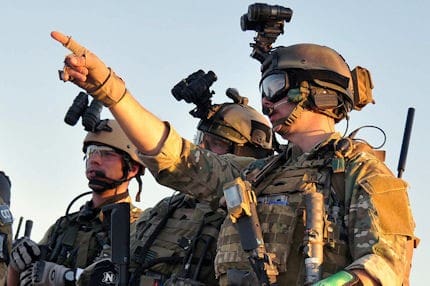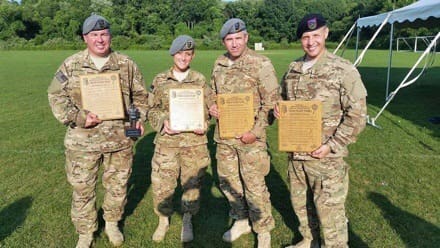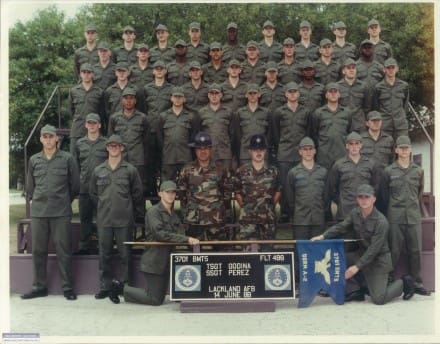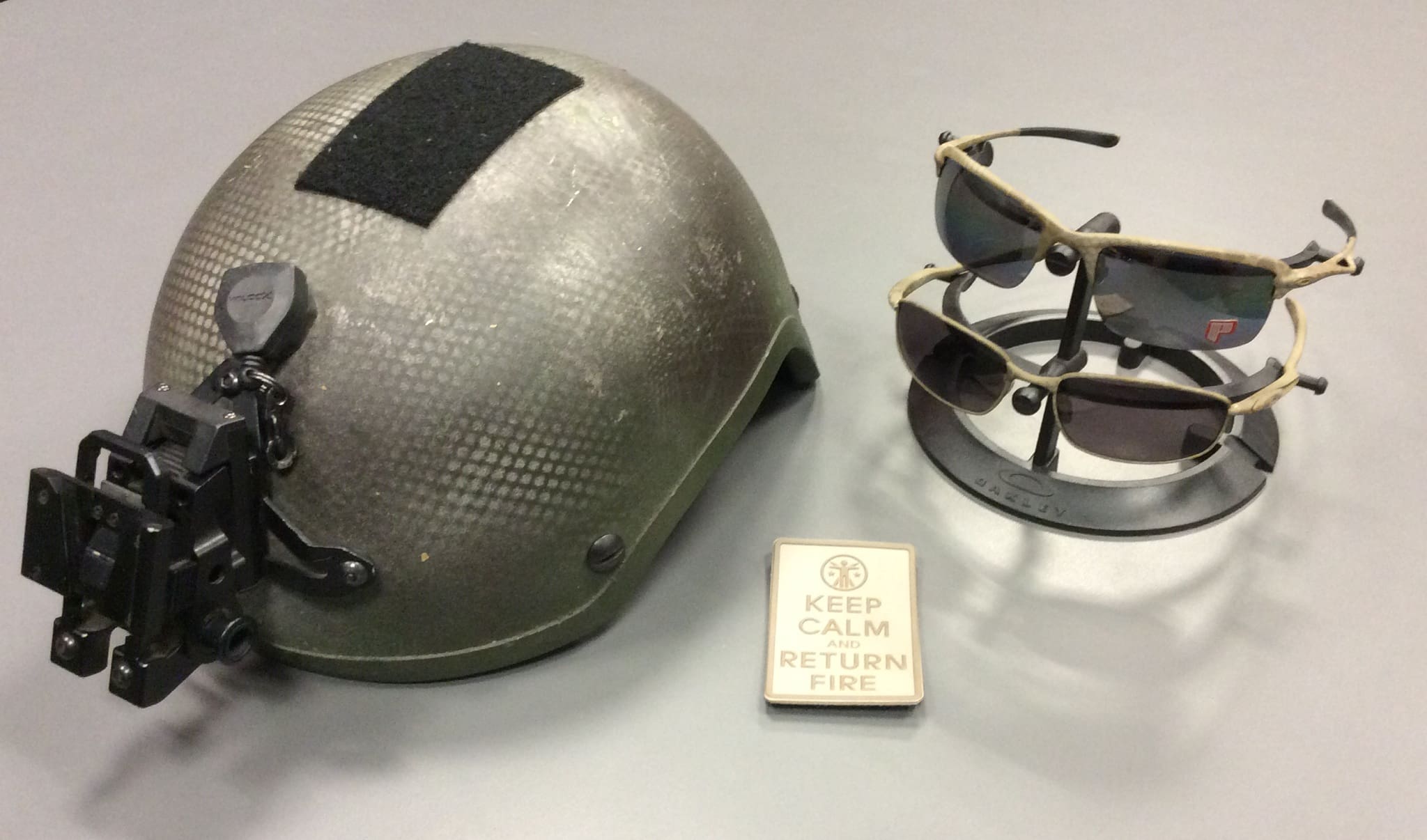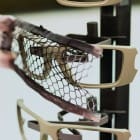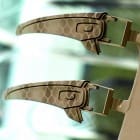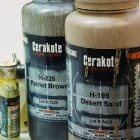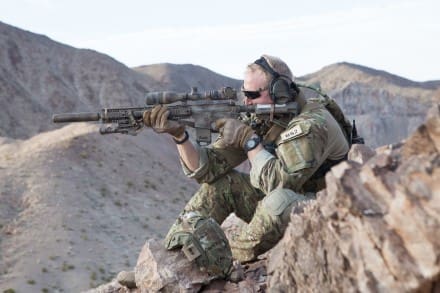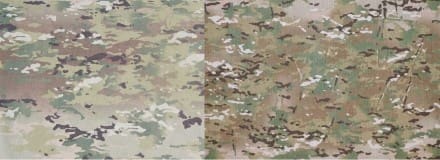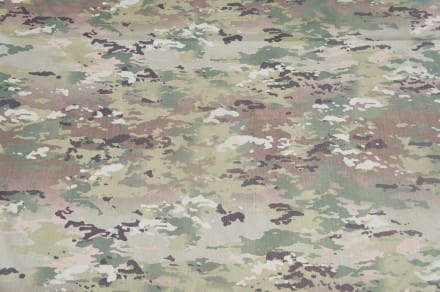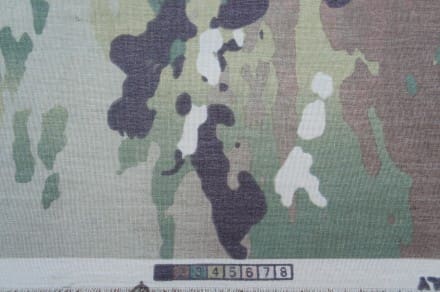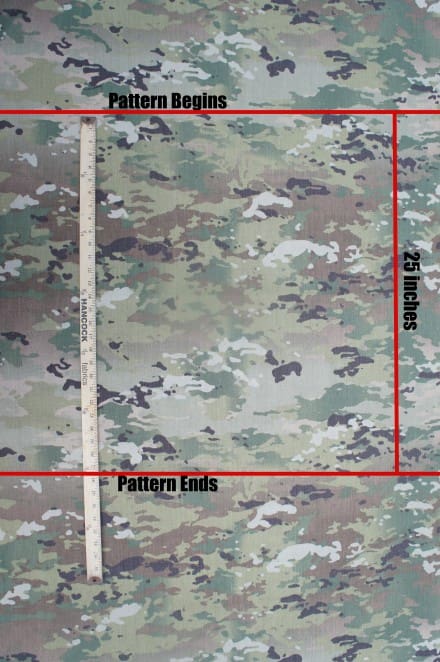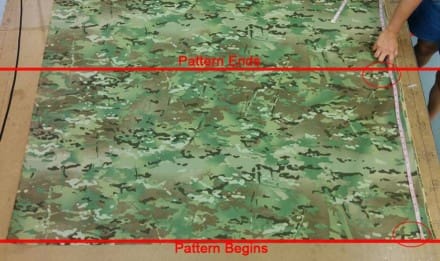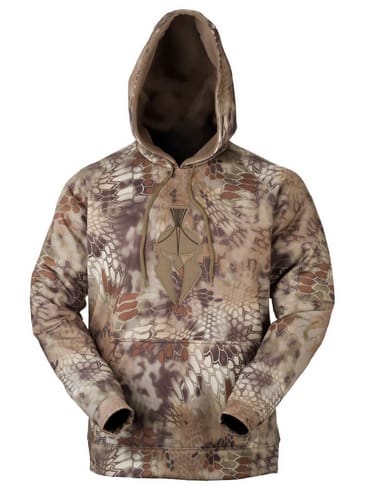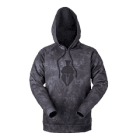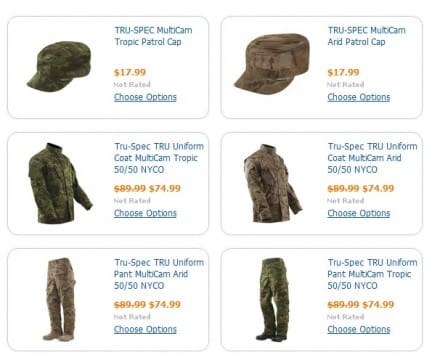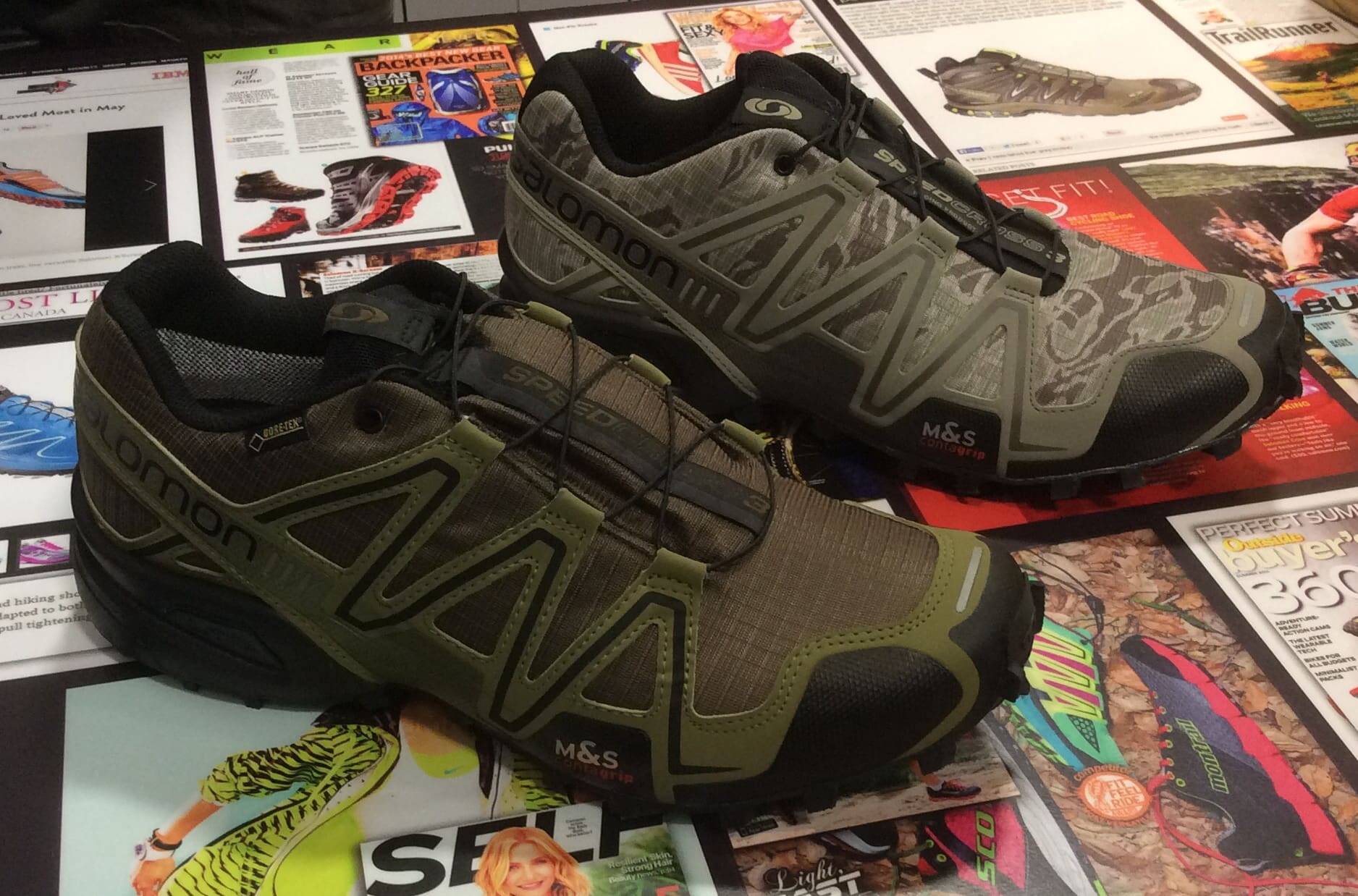After the US Army’s recent announcement that they were switching wholesale to the Operational Camouflage Pattern, Airmen starting wondering if they were going to make the change as well next Summer. Well, not so fast. To be sure, the USAF has closely monitored the Army’s camouflaging efforts, but for the immediate future, the Air Force won’t be making an across the board uniform change. For home station wear, they are going to stick with the ill-named Airman Battlefield Uniform in glorious Digital Tigerstripe. Unfortunately, the Air Force’s vanity pattern sports the same grey-tones as the Army’s soon-to-be-replaced Universal Camouflage Pattern with an additional fourth color; Slate Blue. There’s a reason the Army is replacing UCP; it doesn’t live up to its name.
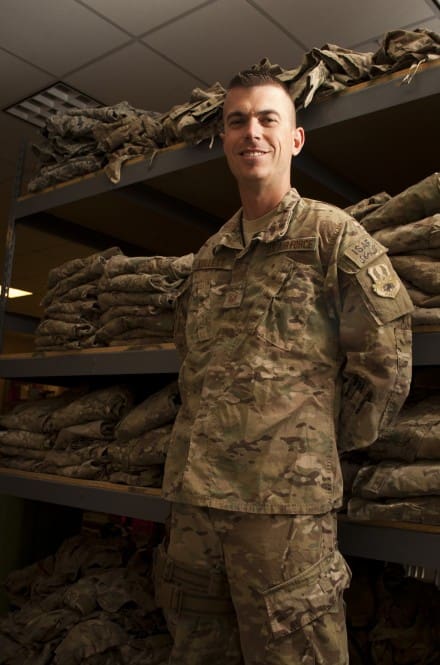
Photo: MSgt Nicholas Kollett, First Sergeant for the 455th Expeditionary Aircraft Maintenance Squadron stands in front of shelves of recycled Operation Enduring Freedom Camouflage Pattern uniforms at Bagram Airfield, Afghanistan, July 7, 2012. (US Air Force photo/Capt. Raymond Geoffroy)
But, Airmen have been wearing MultiCam since SOCOM first started issuing you it in the mid-2000s. AFSOC airmen continue to wear MultiCam garments to this day.
Once the Army adopted MultiCam as OCP in 2009, Airmen operating in direct support of the Army began wearing it as well. Since then, more and more Air Force Elements wear the pattern. Officially, all Airmen deploying to OEF started receiving their OCP mobility gear from the Army’s stocks in 2011.
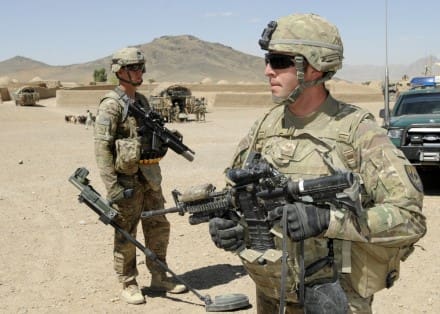
Photo: USAF – SSgt Nathan Goedert, military dog handler, provides security during Operation Southern Strike III in the village of Jandad Kalay, Spin Boldak district, Kandahar province, Afghanistan, Sept. 9, 2012.
Even today, those in several Battlefield Airman specialties wear MultiCam/OCP for their day-to-day uniforms. In fact, MultiCam has been spec’d for a wide variety of uniforms and equipment as part of the community’s Battlefield Airman Management System which procures and issues mission specific gear. Additionally, several related but non-BA specialties also regularly use OCP kit such as EOD. However, everyone wears the ABU to PME and other USAF courses. It’s the standard issue uniform for all Airmen.
But now, something major has happened. USAF’s Global Strike Command has decided to issue OCP to many of its Security Forces. Specifically, Security Forces Airmen at three Air Force Global Strike Command bases, Minot AFB, North Dakota, Malmstrom AFB, Montana and F.E. Warren AFB, Wyoming as well as those in the 620th Ground Combat Training Squadron serving at Camp Guernsey, Wyoming. After a mission analysis, the command determined that it was the best option for those protecting our Nuclear Deterrent capability. This new ensemble is called Model Defender by the command. Hopefully, it is a model for the future as well.
“What we were trying to do with this was build the best system for our nuclear defenders and the environment they operate in,” said Gregory Simpson, resource advisor for Security Forces contingency and requirements at AFGSC…”If you get in a firefight in the field and you’re laying down fire, who are you going to see first? Obviously that guy [in ABUs,]” said Chief Master Sgt. Scott Daigneault, senior enlisted manager for the Force Improvement Program at AFGSC. “The difference is almost night and day. Your eyes skim right over the guy in OCP and zone in on the guy in ABUs. He just doesn’t fit in in that [missile field] environment.”
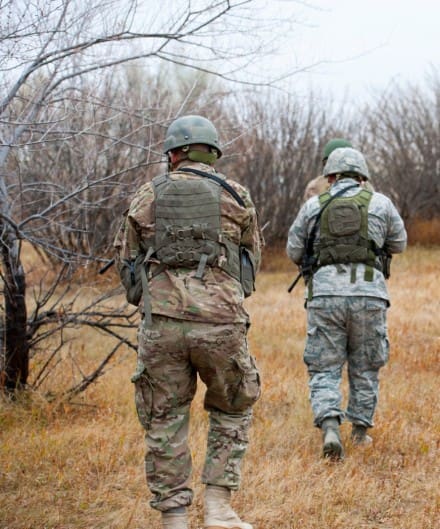
Photo: Security Forces Airmen perform a training patrol at Minot Air Force Base, N.D. The Airman on the left is wearing an OCP (MultiCam) uniform, where the Airman on the right is wearing ABUs. (U.S. Air Force Courtesy Photo)
This move by GSC may well be a catalyst for further adoption. In the early 80s, the US military began a transition to the Woodland camouflage patterned Battle Dress Uniform from the old OG-507 fatigue uniform. Initially, special operations units made the switch followed by those that directly supported the Army such as TACPs and Combat Weather. Next, units with dedicated ground missions such as Security Police and Combat Comms adopted the BDU. Finally, at the end of the decade, the Air Force made the full swap with Basic Trainees receiving the uniforms at BMTS in 1988. In the photo below from that year, you can see the MTIs in BDUs but the trainees continue to wear fatigues.
I think there are two issues afoot here and one has primacy over the other. First and foremost is cost. By their own admission, the Air Force has a rather large inventory of ABUs and accessories in stock with the Defense Logistics Agency. Think of DLA as a distributor that the AF (and other services) is required to purchase from. DLA doesn’t want to be stuck holding the bag with tens or even hundreds of millions of Dollars worth of clothing in the event the AF would want to change patterns so they require that the services buy out their inventory first. Based on current budget issues, the AF can think of lots of other ways to spend their money.
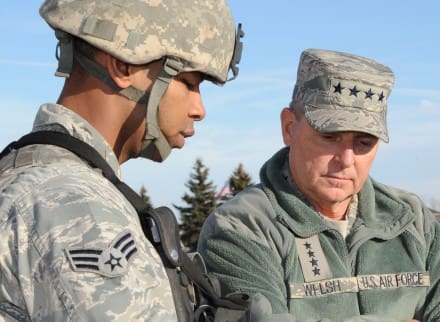
Photo: Air Force Chief of Staff Gen Mark A. Welsh III talks with Senior Airman Michael Walker, 91st Security Forces Operations Squadron, during a tour of the U-01 launch facility trainer here, Nov. 21. The tour was part of Welsh’s first visit to Minot since becoming the chief of staff. (U.S. Air Force photo/A1C Andrew Crawford)
Second, is service identity. So long as you can’t really afford the swap, it’s good to tell yourself that you’re preserving the Air Force’s identity as a service by maintaining a distinctive uniform. Never mind that in the long run that it’s wasteful, that the folks who actually run the AF (pilots) don’t wear the darned thing and that it will never live up to its name as a battle uniform. In fact, the tigerstripe pattern was developed specifically to give the USAF a distinctive look after Chief of Staff of the Air Force James Jumper was referred to as a “Soldier”.
I do believe that one day, everyone in the USAF will be wearing OCP. But, just as it was in the 80s with the transition from Green Fatigues to BDUs, the Air Force will do so incrementally, at its own pace.


